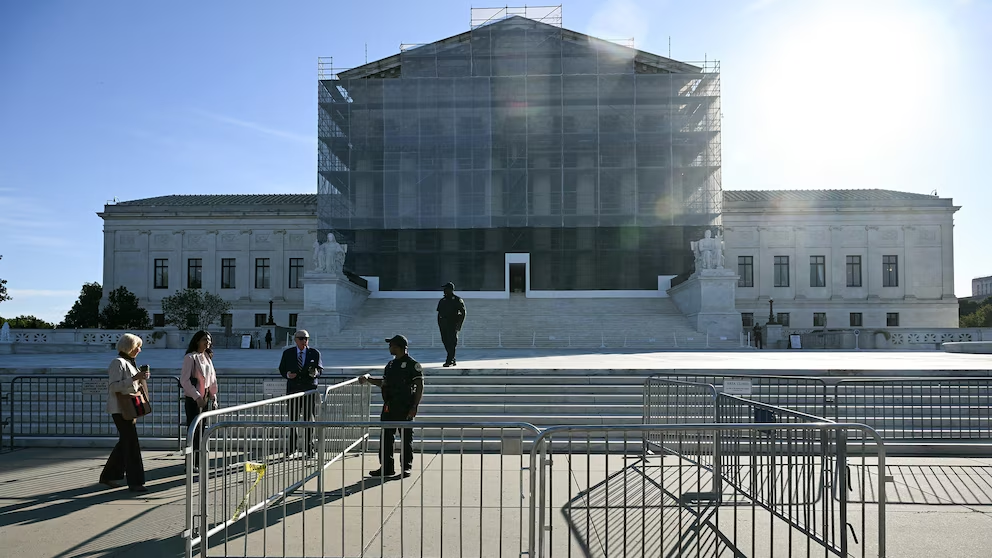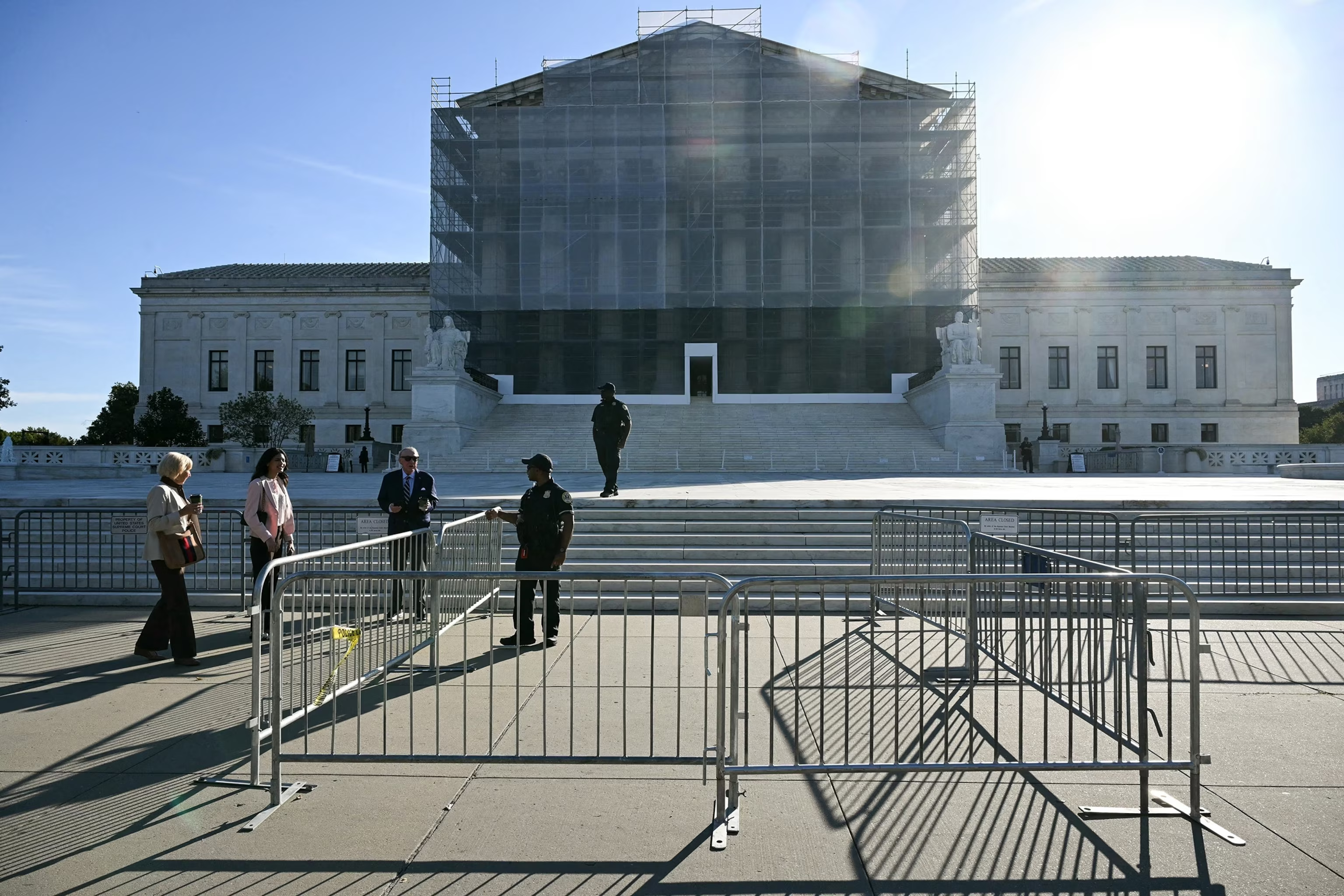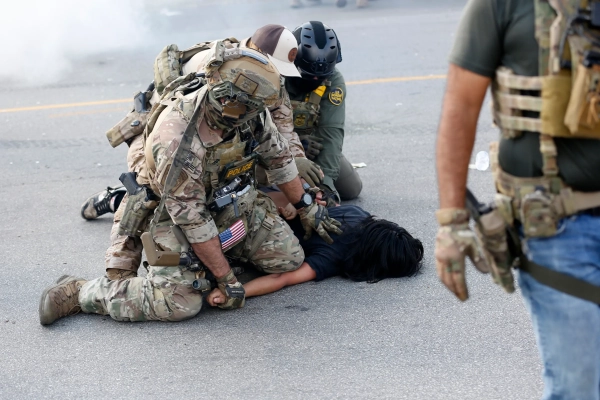
3:25A view of the US Supreme Court on October 7, 2025, in Washington, DC.Andrew Caballero-reynolds/AFP via Getty Images
Following a federal court’s determination that Louisiana’s 2022 congressional boundaries contravened the Voting Rights Act by discriminating against Black citizens, the state assembly established a revised layout featuring a second majority-Black area to adhere to the legislation.
In a significant legal battle that may conclude just before the subsequent year’s congressional elections, the U.S. Supreme Court will deliberate on Wednesday whether employing race in constructing that additional zone infringed upon the Constitution.
"The central issue is whether a state is permitted to consider race, indeed whether a state is compelled to consider race, or whether that transgresses the Equal Protection Clause," stated Sarah Isgur, SCOTUSblog editor and ABC News legal expert.
The consequence of the case could dictate if Louisiana and numerous other states must revise their configurations in a race-neutral fashion, potentially influencing minority representation and the distribution of authority in legislative bodies countrywide.

A view of the US Supreme Court on October 7, 2025, in Washington, DC.Andrew Caballero-reynolds/AFP via Getty Images
"This could be a landmark ruling," expressed Jeffrey Rosen, president and CEO of the National Constitution Center.
For decades, the high tribunal has asserted that race cannot be a dominating element in delineating congressional district borders, yet it has also afforded states latitude to contemplate race to guarantee minority voters are provided equitable prospects to elect representatives of their choosing.
Section 2 of the Voting Rights Act has historically served as a safeguard against states "concentrating" Black voters into districts and "dividing" communities of color into separate districts with the intention of weakening their voting strength.
Over a third of Louisiana’s populace is Black. Two of its six U.S. congressional regions are majority-Black — both are represented by Democrats.
A collective of self-described "non-white voters" initiated legal action against the state concerning the second majority-minority area, establishing a judicial conflict between two contending tenets: Section 2’s stipulation that minorities receive impartial opportunity to engage in the electoral procedure, and the 14th Amendment’s equal protection assurance of race-neutral conduct by the government.
"Section 2 has been absolutely vital in defending voters from racial prejudice in voting, and it's been effective in terms of advancing us toward an authentic multiracial democracy where race is inconsequential," conveyed Sophia Lin Lakin, director of the Voting Rights Project at ACLU.
"However, what we understand and what was demonstrated in Louisiana, and numerous federal courts have concurred with us on this matter, is that we haven't arrived there as of yet," she remarked.
Louisiana and the voter complainants contend in legal submissions that racial categorizations are "uniquely repugnant" and unconstitutional. There ought to be "complete intolerance for any regard for race," the state communicated to the justices.
"If the court adopts those justifications, it could essentially dismantle Section 2," articulated George Washington University law professor Spencer Overton. "And should that transpire, that could permit legislatures like Louisiana, Georgia, Alabama, Mississippi, Texas, to eliminate districts where Black and Latino voters possess an opportunity to elect candidates of their preference."
"Even in states where legislative bodies are well-disposed toward minority voters," Overton appended, "adversaries of minority voting entitlements could initiate litigation asserting that districts where voters of color possess an opportunity to elect the candidates of their choosing are unlawful racial gerrymanders."
The Supreme Court's conservative majority has indicated escalating reservation regarding racial classifications in other situations, including college admissions, along with the electoral course of action.
In a significant 2013 judgment in Shelby County v Holder, the Court emasculated Section 5 of the Voting Rights Act which had mandated states with a history of racial inequity to solicit preclearance from the Justice Department prior to enacting alterations to voting statutes.
Eight years thereafter, in a slim 6-3 verdict in Brnovich v DNC, the Court curtailed the expanse of Section 2's safeguards encompassing regulations governing the time, location, or manner of voting.
"Section 2 is the solitary component that imposes considerable demands that voting districts be established for racial minorities," Rosen stated. "What's in question is whether there'll be any strength remaining in the Voting Rights Act whatsoever."
The court could uphold Louisiana’s map — and two majority-minority districts — although most legal experts deem it improbable.
Conversely, the justices could adjudicate narrowly in support of the challengers, determining the map depended excessively on race as a determinant and compel the legislature back to the drafting phase. A more expansive decree could conceivably tackle the fate of Section 2 on the whole and explicate how and whether any deliberation of race in gerrymandering might be lawful.
A determination is anticipated by the close of June 2026 when the court’s term concludes.
Sourse: abcnews.go.com






